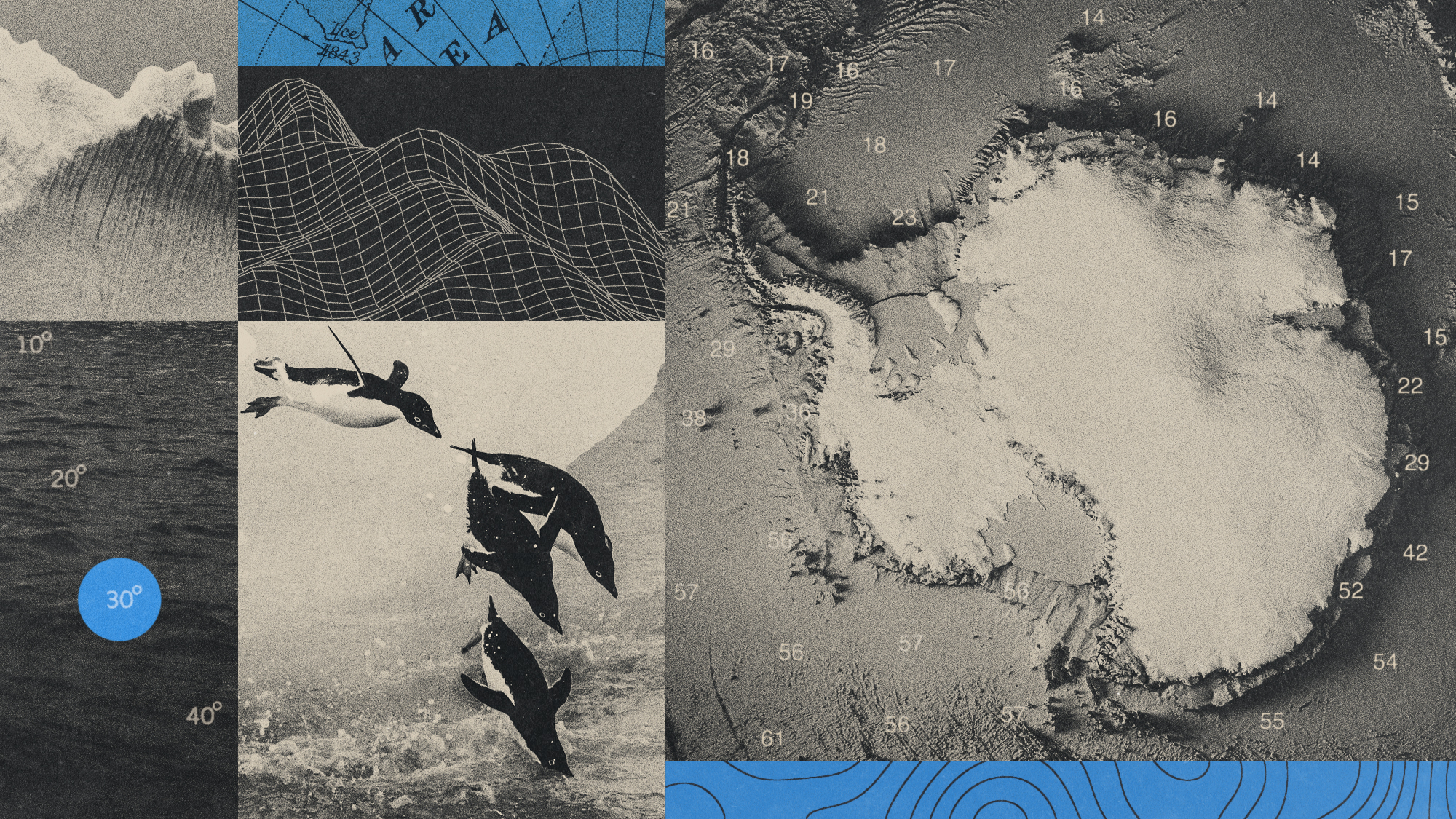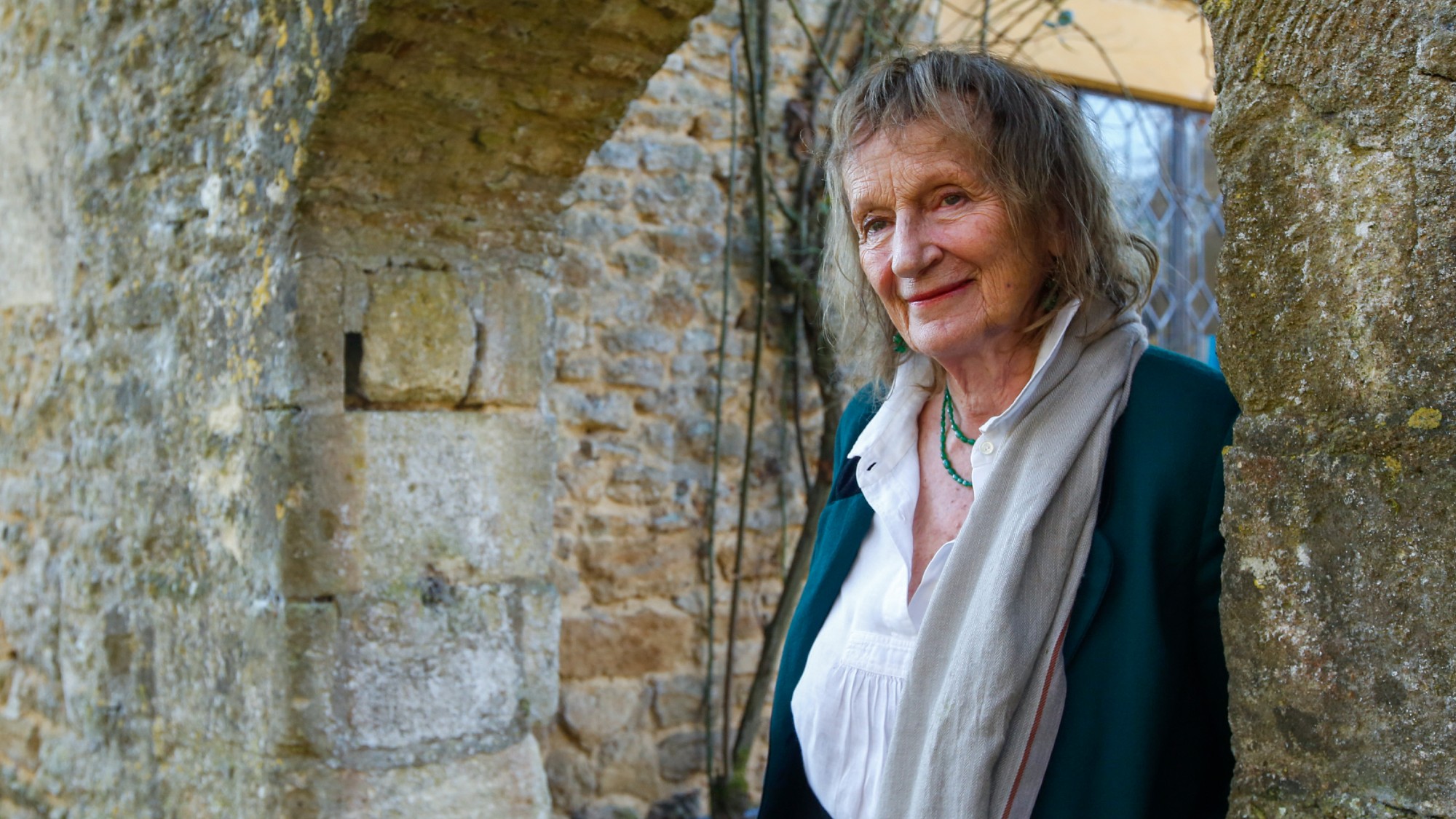The invasion of the Asian hornet
A newly arrived predator from the East poses a threat to British insects

The Asian hornet (Vespa velutina), one of about 22 species native to Southeast Asia, is found from northern India to southern China and beyond.
Not to be confused with the Asian giant hornet (Vespa mandarinia), nicknamed the "murder hornet" by the US media, it is nevertheless a fearsome predator, particularly of honeybees, wasps and flies. It strips its prey of their wings, legs and heads, before delivering their protein-rich thoraxes back to the nest to feed to their larvae.
In recent years, the number of Asian hornet sightings in the UK has risen sharply. It can be easily recognised: it has yellow legs, and is much darker (but slightly smaller) than the native European hornet, with a black body and head, an orange face, and an orange band on its abdomen near its tail.
The Week
Escape your echo chamber. Get the facts behind the news, plus analysis from multiple perspectives.

Sign up for The Week's Free Newsletters
From our morning news briefing to a weekly Good News Newsletter, get the best of The Week delivered directly to your inbox.
From our morning news briefing to a weekly Good News Newsletter, get the best of The Week delivered directly to your inbox.
How did they get here?
The arrival of Asian hornets is a product of our globalised world. They're thought to have first come to Europe from China in 2004, in a container of pottery passing through the French port of Bordeaux. And since then, the species has spread through the continent rapidly: first along rivers and waterways, but quite quickly further afield. Today, they can be found across most of France, as well as in Italy, Germany, Holland, Belgium, Spain and Portugal. In some areas of Spain, you're now more likely to see an Asian hornet than a wasp. By 2016, they'd reached the Channel Islands and were being spotted in Britain, most likely having crossed the Channel on maritime winds. There have been 77 confirmed sightings of Asian hornets in the UK since 2016, of which 54 were in 2023. Most have been in southern counties such as Kent, Hampshire, Dorset and Devon, and experts are now warning that the Asian hornet may have become established here.
Why is that a problem?
They pose no particular danger to humans: their sting is no worse than that of a common wasp and, unlike European hornets, they only venture out during daylight hours. They are, however, happy to live in urban or suburban areas, building nests – which can be about the size of a football – from chewed up wood, often high up in trees. Like wasps, they are scavengers, feeding rotting fruit and nectar found in flowers, as well as on live insects and arachnids. One problem is that once established, they're almost impossible to get rid of, preying on native pollinators such as bumblebees and scaring them away from flowers, thereby threatening the stability of ecosystem services the bees provide, such as the pollination of wild plants and crops, and further reducing UK biodiversity. But the major threat is to honeybee populations.
What do they do to honeybees?
Asian hornets are specialised predators; a single one can devour between 30 and 50 bees in just a day. They raid honeybee hives by hovering outside them and capturing workers as they go in and out. This behaviour doesn't just lead directly to the deaths of honeybees; it means that bees become too afraid to leave their hives to collect nectar, and can cause colonies to collapse in a matter of days. The British Beekeepers Association sees it as the greatest threat to beekeeping since the varroa mite, blamed for causing many colonies to collapse, appeared 30 years ago. Asian bees have evolved defences against these hornets, but European bees haven't.
Can anything be done?
The UK Government was relatively well prepared for the Asian hornet's arrival: it carried out a risk assessment in 2011, and has a National Bee Unit, which raises public awareness and invites members of the public to share sightings through its Asian Hornet Watch app. But actually getting rid of nests is a laborious process. To find them, volunteers build bait stations to attract the hornets with a sticky, sugary solution that they like to feed on. They then follow the hornets by eye as they leave the station, gradually moving the bait stations closer in the direction of the hornets' nests, and timing how long it takes them to return to the stations in order to work out how close to the nests they are. In time, this allows them to track down the nests, and destroy them.
A free daily email with the biggest news stories of the day – and the best features from TheWeek.com
So will Asian hornets become established here?
Despite the claims that they are already established in Britain, for now, sightings are rare, and there's no evidence yet that they can survive British winters. But they are expected to become more common, in part because of climate change resulting in warmer weather akin to that in Asia. According to Dave Goulson, professor of biology at the University of Sussex: "I think it is inevitable that they will eventually establish in the UK, and once here it is hard to see how they could be eliminated." In time, they could displace native insects, including some wasps and flies. It will be a question of mitigating the impacts: pest control firms will need to remove nests, and beekeepers (or even bees themselves) will have to adapt to survive.
Are there any upsides?
Asian hornets are themselves pollinators; but the evidence from Europe so far suggests that they're less effective than the native species they displace, and have had generally detrimental effects on ecosystems. On a brighter note, evidence from Spain suggests that Asian hornets could become an important food source for birds, including European honey buzzards and bee-eaters; in Galicia, the population of honey buzzards appeared to have tripled since the hornets' arrival. Some bumblebees, meanwhile, have developed a technique to shake off the Asian hornets that prey on them, according to researchers at the University of Exeter. They drop out of the air "like a brick", both hitting the ground, so they can break free of the hornet's grip and live to buzz another day.
-
 Canyons under the Antarctic have deep impacts
Canyons under the Antarctic have deep impactsUnder the radar Submarine canyons could be affecting the climate more than previously thought
-
 What would happen to Earth if humans went extinct?
What would happen to Earth if humans went extinct?The Explainer Human extinction could potentially give rise to new species and climates
-
 Amanda Feilding: the serious legacy of the 'Crackpot Countess'
Amanda Feilding: the serious legacy of the 'Crackpot Countess'In the Spotlight Nicknamed 'Lady Mindbender', eccentric aristocrat was a pioneer in the field of psychedelic research
-
 A zombie volcano is coming back to life, but there is no need to worry just yet
A zombie volcano is coming back to life, but there is no need to worry just yetUnder the radar Uturuncu's seismic activity is the result of a hydrothermal system
-
 'Bioelectric bacteria on steroids' could aid in pollutant cleanup and energy renewal
'Bioelectric bacteria on steroids' could aid in pollutant cleanup and energy renewalUnder the radar The new species is sparking hope for environmental efforts
-
 Earth's oceans were once green and could one day turn purple
Earth's oceans were once green and could one day turn purpleUnder the radar The current blue may be temporary
-
 Toxic algae could be causing sea lions to attack
Toxic algae could be causing sea lions to attackIn the Spotlight A particular algae is known to make animals more aggressive
-
 Killer space rocks
Killer space rocksFeature The threat to Earth from a newly discovered asteroid has faded. Others could be headed our way.


